 Early morning, False Creek, Vancouver.
Early morning, False Creek, Vancouver.
At 6am the alarm starts beeping, waking me from a light sleep. I’d hardly slept at all, afraid of not waking in time. I crawl out of bed, wash, dress, drink a quick cup of tea, and make coffee to take in my travel mug. By 7.15 I am ready and at the front door just as our friend David arrives. It is freezing. Literally. It is one of those somewhat rare Vancouver early winter mornings when there is a clear sky and the temperature dips below zero. I am wearing many layers and look like a black Michelin Man. David and his buddy Ron, both avid photographers, think nothing of getting up at dawn to get the best light for photography no matter the temperature. Me, not so much. The three of us head to the eastern end of False Creek and slowly wander along the walkway next to the water. If I learn nothing else, I learn why photographers get up in time to catch the early morning light.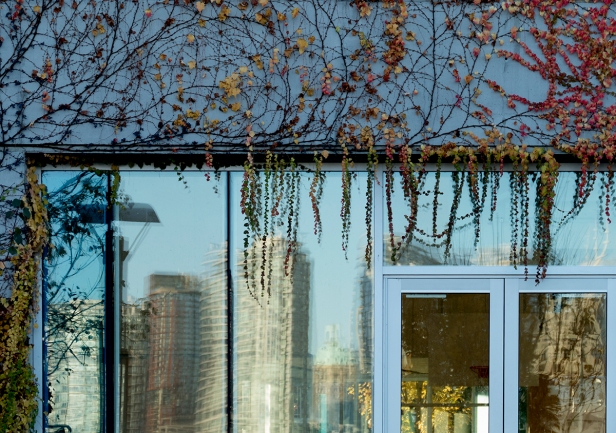


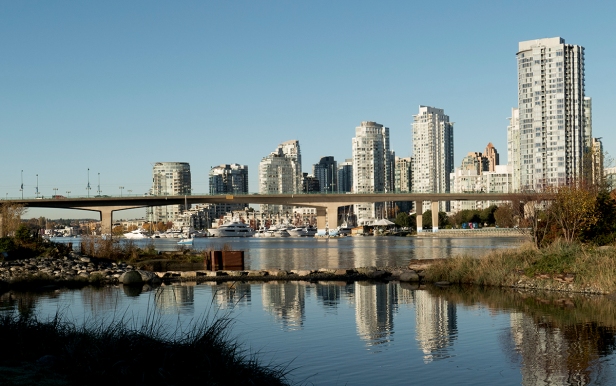
On our walk we meet a man who works for the Vancouver Board of Parks and Recreation. Every autumn for nineteen years his job has been to blow the water out of all the park irrigation systems to ensure that the pipes don’t freeze over the winter. There are more than 300 parks, three golf courses and several pitch-and-putts with irrigation systems. The job takes two months to complete. Then in the spring it takes two months to get it all going again, and during the summer there are repairs and maintenance. It’s something I’d never thought about before. All I knew was the drinking fountains in Queen Elizabeth Park didn’t work in the winter. I hadn’t made the leap to the part about having to blow out all the pipes.
He also becomes Santa Claus every holiday season.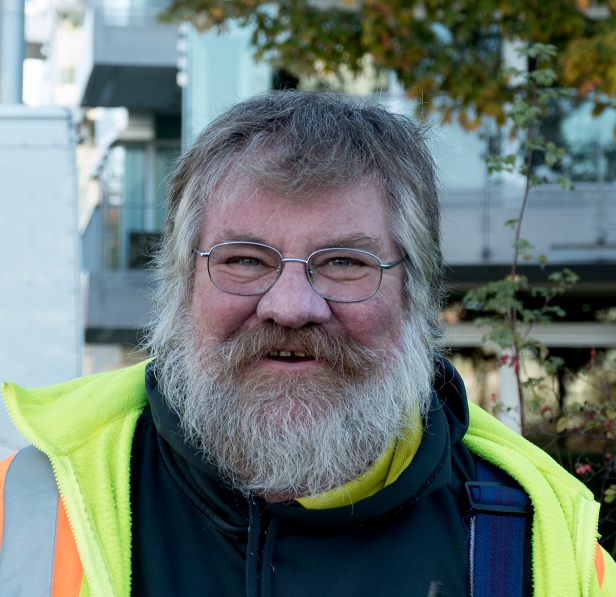
At twenty-two kilometers in length Vancouver can boast the longest uninterrupted walkway in the world. It begins downtown at Canada Place, goes west and around the entire Stanley Park peninsula, along past English Bay, up one side of False Creek and down the other, around Vanier Park and finally ends at Kilsilano Beach. Water views all the way around. Any part of it is worth exploring.
Approximately nine kilometers of this walkway is the seawall around Stanley Park, one of the most popular places in the city for walking, cycling and rollerblading. Within the boundary of the seawall lies the park itself, a little over one thousand acres at the end of the downtown peninsula, and one of the largest urban parks in North America. Included in the park are an aquarium, three beaches, tennis courts, a pitch-and-putt, picnic areas, a swimming pool and water park, a miniature train, the lily-covered Beaver Lake, and the water bird sanctuary of Lost Lagoon. But the park is really about the forest, which covers virtually all of the area. There are twenty-seven kilometers of trails through the forest patrolled by police on horseback. It is home to skunks, coyotes, beavers, raccoons, squirrels, many species of birds including a large Great Blue Heron colony, and scattered throughout the dense forest approximately twenty homeless people who are quietly left alone. The skunks, coyotes, raccoons and squirrels regularly make forays into the heavily populated West End that borders on the park looking for food in the back alley dumpsters.
Many of the oldest and greatest trees of Stanley Park have been lost during three major windstorms over the past one hundred years, probably the worst of which hit in 2006 when 10,000 trees were downed. Part of the seawall was closed for months due to landslides. The forest was a devastated tangled mess of piled up broken branches and uprooted trees. Six days after the storm emergency services received four very brief phone calls from a man trapped in the park. He was homeless, but did not regularly live in the park. Apparently he’d wandered in there just before the storm to ‘get away’. In the bottom of his bag he found an old deactivated cell phone that allowed him to make the 911 calls until the battery died. With each call he was able to give snippets of information that allowed police to finally locate him. He was uninjured but totally trapped by fallen debris.
In 2014 TripAdvisor named Stanley Park the top park in the entire world.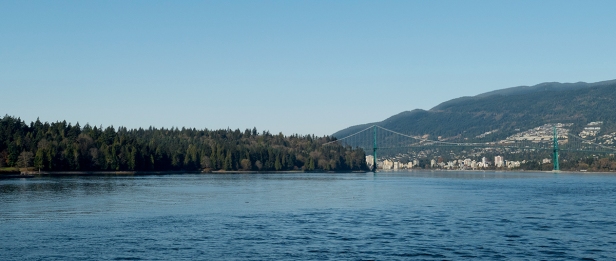

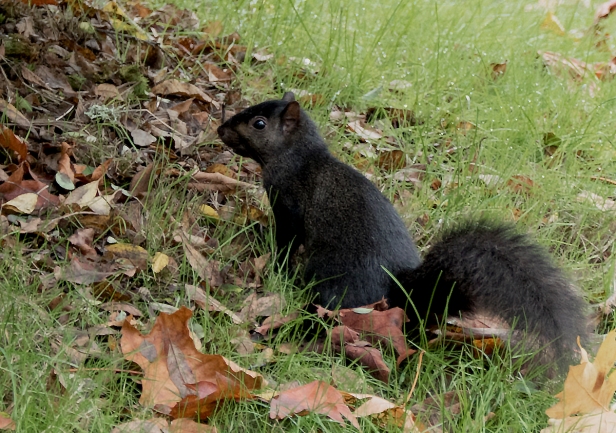
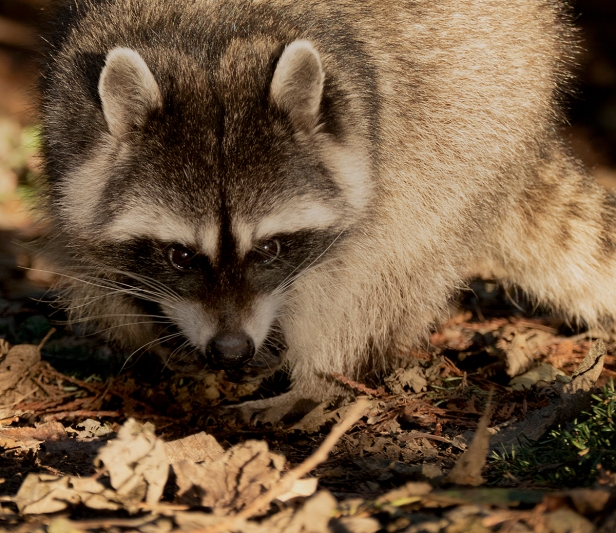
One of several swans that live at Lost Lagoon,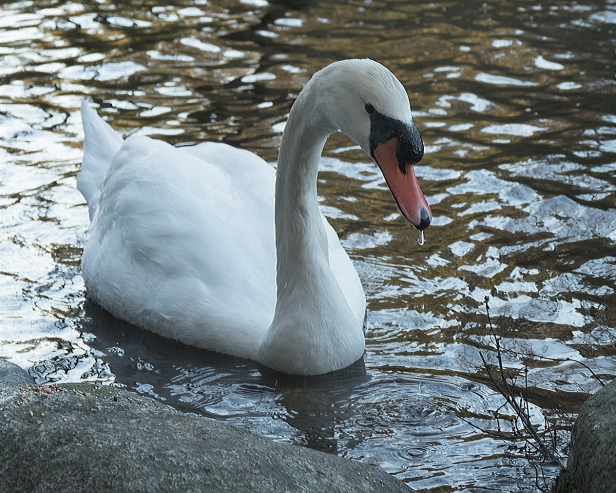
Afternoon sunlight catches the trees as people make their way along the seawall.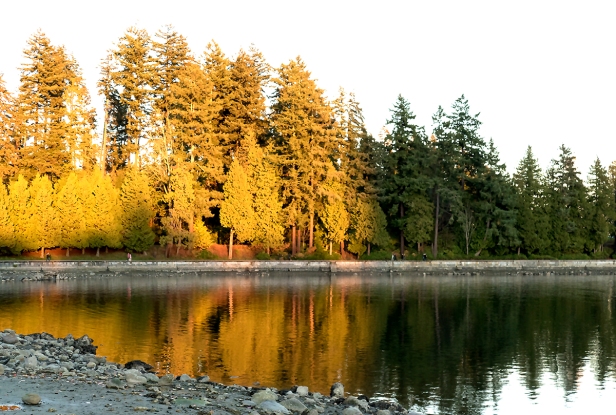
The city from the seawall in the pink light of sunset.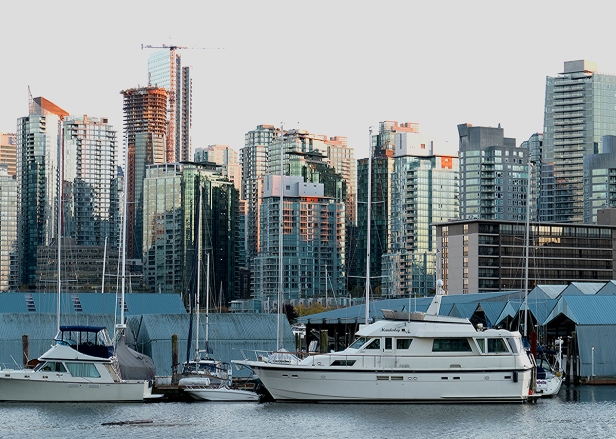
Lions Gate bridge and the north shore from Prospect Point at the north end of Stanley Park.
From all around the Vancouver area, summer flowers,
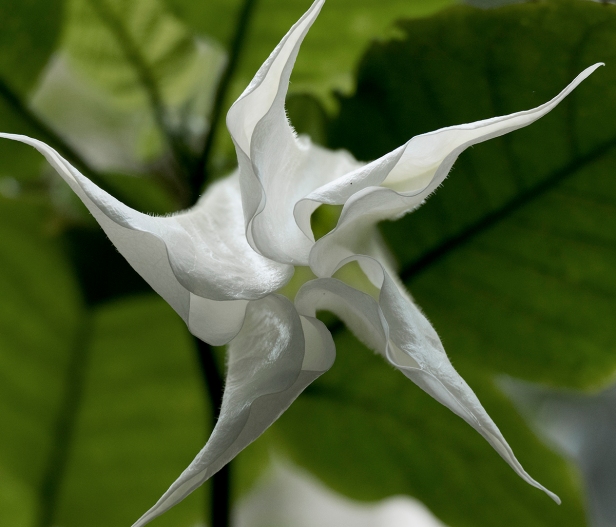


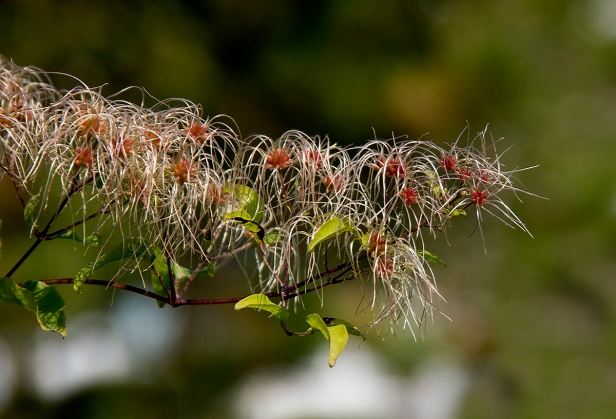
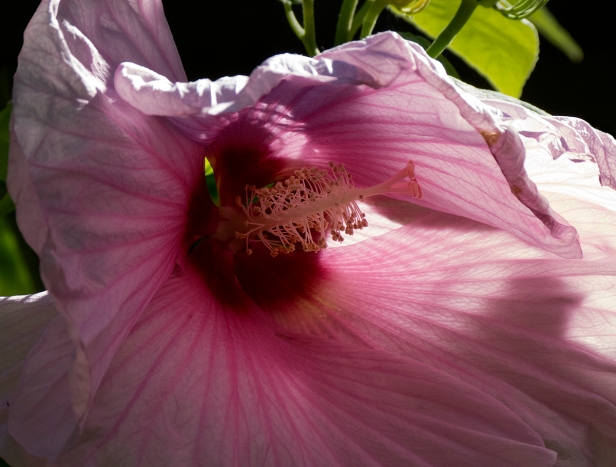
and autumn colours.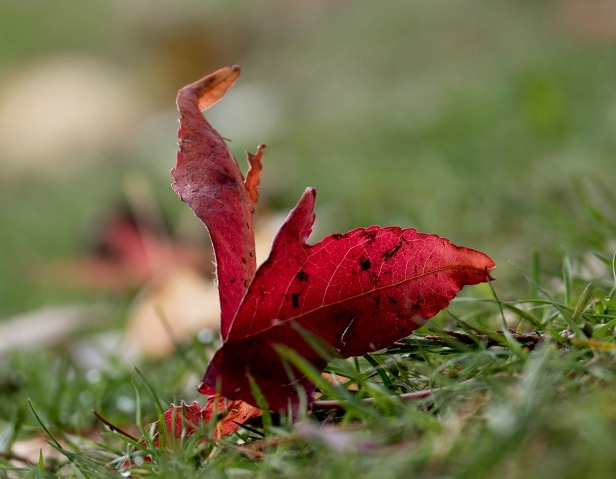
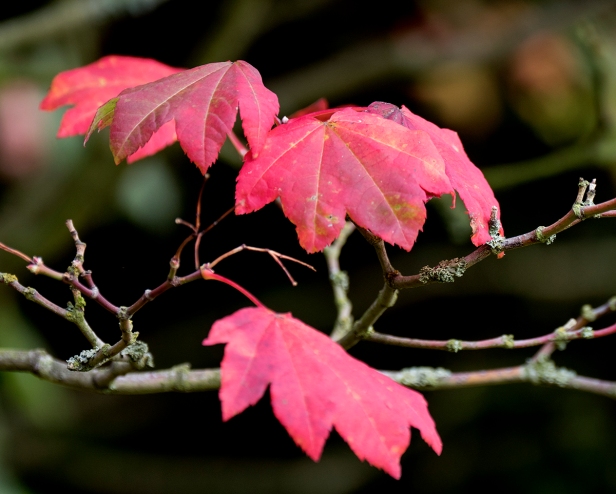


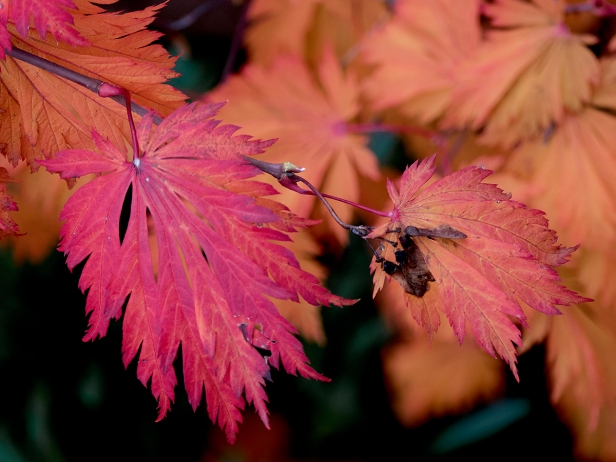
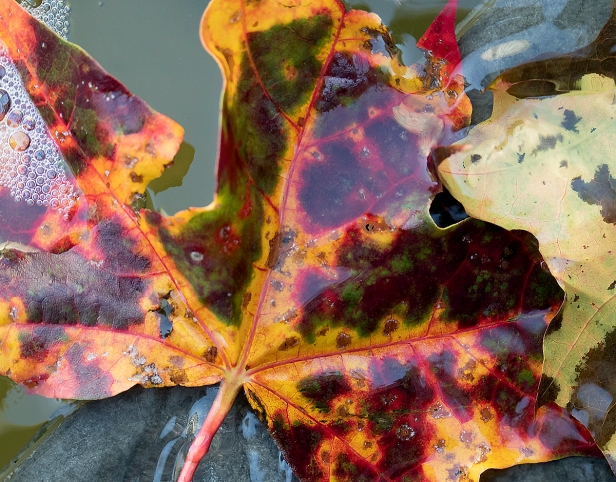
It is now several days since my early morning appointment to catch the sun as it first caresses the city. Since then I’ve had one more date with the beginning of the day, and am planning more. Each time I learn something new, not least of which is how beautiful the world is at first light.
This is the last post about Vancouver. Don and I leave at the end of the month to island hop across the Pacific, stopping for several days each in Hawaii, Samoa and Fiji before spending four months in Australia and New Zealand.
All words and images by Alison Louise Armstrong unless otherwise noted
© Alison Louise Armstrong and Adventures in Wonderland – a pilgrimage of the heart, 2010-2015.

You live in such a beautiful place. Your writing is superb. It draws me in. Your photos are perfectly remarkable. Have I told you that you rock…..
your socks off?
❤ ❤ ❤
LikeLike
Thank you so much Cindy. What joy it brought me to read your words. Much appreciated.
Alison ❤ ❤ ❤
LikeLike
Nice work to capture the art of nature
Beautiful Photos
LikeLike
Thank you San for your kind words.
Alison
LikeLike
Your writing and pictures about our lovely city was spot on! Thank you.
I’m happy to hear that you will be travelling very soon again; it must mean that you are both in good health and ready to explore further afield. How wonderful! I look forward to new pictures and reading all about your next chapter of discovery.
Best wishes, Marianne.
LikeLiked by 1 person
Thanks so much Marianne. I’m glad you enjoyed the posts about Vancouver since you know first hand what a special place it is.
I think we are both about 90% healed, slowly getting our fitness levels back, and very much looking forward to being on the road again.
Cheers, Alison
LikeLike
Hi Alison and Don, you truly are an inspiration……you are leaving so soon……this might be long shot, however would you have time for lunch with me?
Dana
LikeLike
Hi Dana, nice to hear from you. Thanks for your kind words. Don’s sending you an email.
Alison
LikeLike
This was lovely to read on a rather wet Sunday morning here in Northern Europe. How I would love to return to Vancouver for another holiday there! Good luck with your next big adventure!
LikeLiked by 1 person
Thanks so much Chris, glad you enjoyed it and soaked up a little of Vancouver’s unusual late autumn sun. Normally it would be wet at this time of year here too, but we’ve been blessed with about 10 days of cold clear nights and sunny days.
Alison
LikeLike
Amazing post and pics as usual!
Walking the Sea Wall is a must-do every time I visit Vancouver. Did last month and got a cold out of it. But was well worth it!!
LikeLike
Thanks Sandra. Sorry to hear the Seawall bit you – it sure can be cold there this time of year, but it’s such a fabulous walk I understand you just had to go there. Hope life is treating you well back home. It was so good to see you again, even if only briefly.
Alison
LikeLike
Very worth a cold! It was great to see you! Sorry I did not get a chance to say goodbye! Have fun in the Pacific! x
LikeLike
I kind of disappeared as I had pretty bad pain in my hip and shoulder so needed to rest. Too bad! I think I missed great feasting with you all after the gala 😦
❤
LikeLike
Thank you Alison, for transporting me once again on a marvellous weekend break. You are saving me an absolute fortune! – one that I do not have.
LikeLike
Thank you Hariod, and you’re welcome. I’m glad you enjoyed the journey 🙂
Alison
LikeLike
Beautiful post and these are truly awesome photos. ❤
LikeLike
Thanks Paulette. I have a new camera, and I’ve been having a few photography lessons lately – I think it’s paying off. Just this past week I was looking back at photos I took in Mexico five years ago and I was appalled by how awful they are so I guess I’ve learned a bit over the years.
Alison ❤
LikeLike
Thanks so much for all the views of your beautiful city. I’m loving getting to visit vicariously — without the long flight in a tiny seat or the security hassles or the big price tag.
LikeLike
You’re welcome Leigh – so happy to have you along with us 🙂
Alison ❤
LikeLike
Such gorgeous photos. I love the leaves, especially. It’s been unusually sunny here also, with freezing nights and crisp days. Wonderful for walks. Glad to hear you and Don are healing well; so am I.
LikeLike
Thanks Kay. Glad to hear you also are healing well. Good news! Sad that we didn’t get to see you this summer, but we’ll be back early March and probably down for the Long Dance so hope to see you then.
Alison ❤
LikeLike
Oops, just reread this – we’ll be back early *May*
LikeLike
Lovely post! Maybe next summer we’ll visit your wonderful city! Safe travels across the Pacific! Hope you are both doing well.
LikeLike
Thanks Maureen, yes it is a wonderful city.
We are both much much better – well enough to travel again.
Alison ❤
LikeLike
Here I am at the other end of the same country dreaming of where I’d like to go next and Vancouver is never on the list. I’ll have to revisit my wish list after seeing your photos and narrative – Ginette
LikeLike
Thanks Ginette – Vancouver is definitely worth a visit, especially if you’re into any kind of outdoor activity, and the mountains are so close so there’s lots of hiking trails, kayaking, canoeing, etc. But also there’s some good galleries, pubs, concerts, great restaurants, etc. I guess you can tell we like it here 🙂
Alison
LikeLike
Alison and Don, You made me fall in love with my own city all over again! Thank you. It was nice to be reminded of its inherent charm, which we so easily take for granted after living here for as many years as we did. Yes, traffic is getting worse and near intolerable, but there is beauty if you just look. You both found it.
LikeLike
Thanks so much Helga, I’m glad this helped you rediscover your love for Vancouver. Doing these three blog posts about our city really helped me also reconnect with how beautiful and rich it is. Sometimes we can take it for granted, yet I found during my time back here everywhere I looked there was beauty. We are so blessed to live here.
Alison ❤
LikeLike
Thanks for sharing, it felt like I was back there in my favourite place. Hawaii, New Zealand and Fiji are other places I love, I hope you enjoy your time there
LikeLike
Thanks Katie, I’m glad it took you back to our beautiful city. Are you still in Sydney?
I’ll be exploring your blog for travel ideas for NZ and Fiji for sure.
Alison
LikeLike
Yep still in Sydney, happy to help with any tips 🙂
LikeLike
One lovely picture after another. I’ve been very stressed lately, and looking at your pictures eased my breathing and brought me peace. Thank you!
LikeLiked by 1 person
Thanks so much Kelly, so happy to hear it helped ease your stress.
Alison ❤
LikeLike
Looking forward to pictures of Hawaii and all the rest. Really enjoyed your description of Stanley Park and False Creek – I did a lot of walking around there when I was house sitting last summer, and I loved it.
LikeLike
Thanks so much Felicity. Both areas of the City are wonderful places to walk.
I must admit I’m looking forward to Hawaii and all the rest too 🙂
Alison
LikeLike
No photograph you’ve posted on this blog has ever been “awful”, Alison!
Good reminder of what a beautiful place I live in at the darkest time of the year when it’s either wet or cold. If I had been in a situation such that I could have lived anywhere in the world at all, I don’t think I would have chosen Vancouver. Honolulu maybe, for the climate. Or a cosmopolitan European city.
But this is a good place, too. I spend a lot of time in spring and summer in the forest and love Stanley Park and seawall walks. And I’ve a fabulous view of the mountains from my porch. On summer nights I’m often disinclined to go anywhere, and I’ve not yet tired of camping trips to wilderness sites in this province.
Then of course, there’s Long Beach/Tofino..
LikeLike
Thanks for your positive words re my photos Gayle 🙂
(though I will say the photos I was referring to were taken when I knew nothing about photography and were never posted on the blog – they were taken during a week long Christmas in Mexico vacation about 5 years ago and I never wrote about it. Believe me, compared to my photos today they really are aweful :))
Your thoughts about choosing where to live – I was immediately captivated by the idea of living in Hawaii (like you for the climate – but then I gave up living in Australia to live in Canada facepalm!), or a cosmoploitan European city – I’d probably choose Paris which I love. But either way I doubt I’ll ever get Don away from Vancouver. It is his little slice of heaven and he can’t imagine living anywhere else. And as we’re both aware – it is a good place to live in so many ways. I bet if you moved you’d miss those seawall walks, and the view of the mountains from your porch, and the easy access to to fabulous wilderness camping, and Long Beach . . . . . . .
Alison
LikeLike
Truly beautiful shots of a beautiful city, and inspiration for me to get up early! I also love that you explore right where you are, even a place you already know well. We should all do that more often! =) Happy trails to you both- can’t wait to follow along!
LikeLike
Thank you so much. It really is worth getting up early, especially if there is water around; the reflections are so beautiful. I enjoyed writing about our city, a place we’ve lived for many years, and explored all over. It gave me a whole new appreciation for it.
We’re both definitely looking forward to being in the tropics again, and to sharing hot weather stories. Beaches and snorkelling!
Alison
LikeLike
Gorgeous photos! I live in Vancouver as well and I think you capture the nature beautifully!
xxx
Camilla
http://avenuecamilla.com
LikeLike
Thanks Camilla. Vancouver’s such a rich city for nature, but also for urban culture, though I’m sure unlike anything you’re used to in Europe.
BTW you have *great* style!
Cheers, Alison
LikeLike
Another beautifully captured post on Van ~ the flowers, colors, skyline – perfectly shown, well done. That morning light is really something.
I’m getting excited for your pending travels and looking forward to all of the incredible things you’ll be experiencing down under! 😀
~ Andrea ❤
LikeLike
Thanks Andrea. That early morning light is so beautiful. It’s not that I’ve never been up that early before. We get up that early frequently when we’re travelling, but I’ve never gotten up that early just to go out photographing. I’ll be doing it more often I think.
We also are getting excited for out pending travels 🙂
Alison ❤
LikeLike
What beautiful pictures! The second one is spectacular – I love it so much. The gentleman you met (who works at the Board of Parks and Recreation) looks like he must make such an amazing Santa! 🙂 ❤
LikeLike
Thanks so much! Your own blog has some pretty wonderful pictures too.
Doesn’t he look like the perfect Santa?! He was so friendly, with twinkly eyes. I’m glad we ran into him.
Alison ❤
LikeLike
Thanks for really interesting virtual tour! Beautiful and modern city 🙂 Bye. Kamila
LikeLike
You’re welcome, glad you enjoyed your trip to Vancouver 🙂
Alison
LikeLike
Alison, I have became a huge fun of your blog and look forward to your posts. You and Don are amazing and an inspiration. I have never been to Canada and your photos have made me want to go and visit Vancouver. I am glad you are both now well and ready to explore more and bring to us the fruits of your adventures. Safe travels.
LikeLike
Thank you so much! Vancouver is definitely worth a visit.
We are off tomorrow! Getting excited 🙂
Alison
LikeLike
Absolutely stunning photos, Alison! You truly captured the beauty and soul of Vancouver. Island hopping across the Pacific will certainly be a change of pace … and temperature. I’ve always wanted to go to Fiji, but haven’t made it yet. Can’t wait to read your impressions. 🙂 ~Terri
LikeLike
Thanks so much Terri. Hard to take a bad photo of such a beautiful city. Those early morning rambles were quite wonderful, the light was so beautiful.
Leaving tomorrow for our jaunt across the Pacific. Can’t wait!
Alison
LikeLike
Amazing photos!!! I loved Stanley Park. And the Vancouver skyline, it’s so futuristic
LikeLike
Thanks Mo. We just love Vancouver, but now the winter rains have begun we’re glad to be away again – sweltering in Samoa at the moment.
Alison
LikeLike
Wonderful to read and superb photos! Vancouver is such a vibrant and exciting city and you’ve captured its spirit beautifully.
LikeLike
Thank you! We love Vancouver. I guess it shows 🙂
Thank you so much for following our blog. I had a look at your website, and will definitely bookmark it. We’re hoping to spend time in Eastern Europe next Summer/Fall and the Zavrsnica Vally looks very beautiful.
Alison
LikeLiked by 1 person
Thanks for the friendly answer and the kind words about our area. Much appreciated.
LikeLike
Looks beautiful there! Will have to make this on my list of places to visit.
LikeLike
Thank you so much Anita. Vancouver is very beautiful. I highly recommend it!
Thanks for your great post on Rotarua! We’re headed there in the next few days. Will explore your blog more – it looks awesome.
Alison
LikeLiked by 1 person
Awesome pictures! Especially the “tete-a-tete” racoon:) Thank you for sharing!
LikeLiked by 1 person
Thanks so much Christie.
Alison
LikeLike